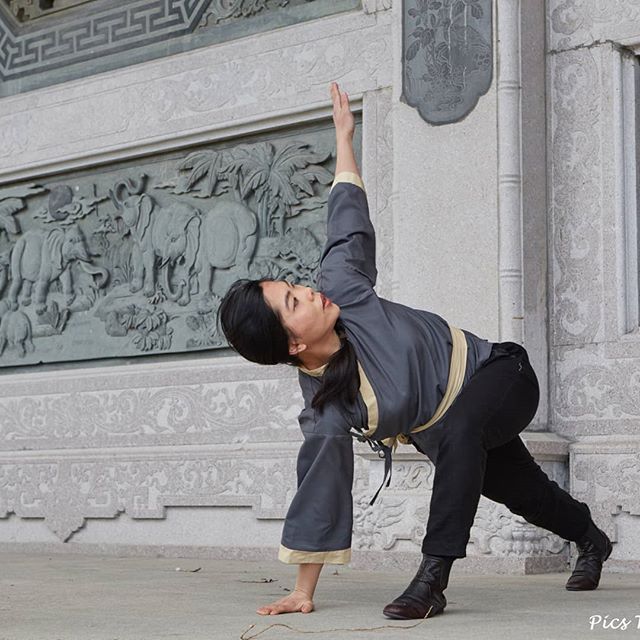The nature of martial arts imposes some challenging demands to tissue flexibility, dexterity of extremities and the ability to exert force in demanding positions. Martial arts is a graceful yet fearsome sport, spectators see the beauty from the outside but as the practitioner it can be physically brutal. Therefore, a thorough warmup is necessary for injury prevention before martial arts training.
The purpose of a warmup is exactly that, to increase temperature of the body creating improved blood flow and lubrication to the muscles and connective tissue/ joints. This allows for improved range of motion and what we believe to prevent injuries. Injuries that occur through sport are multifaceted, the rationale for a static stretch sequence before physical activity is to prevent muscle strains. Though the most common reasons for muscle strains are the differences in strength between the antagonist and the contralateral muscles, age and previous muscle strain incidences.
Since the beginning of your athletic career your teacher or coach has you subscribed to a warm up routine which involves static stretching. The reasoning behind this philosophy was to prevent injury and improve performance. However, in present day research science questions the application of stretching, especially static stretching.
Static stretching generally involves holding a position where the muscle is lengthened from 30 seconds to upwards of 2 minutes. In current research there is little evidence that static stretching reduces the risk of injury and improves recovery. Only anecdotal evidence suggests that static stretching reduces muscle soreness. To put another damper on, static stretching before strength and power activities will decrease one’s performance. In the context of martial arts explosive elastic energy required in some classic movements will be hampered by static stretching.
It’s not all doom and gloom for static stretching though, we have to take into account the duration of the stretch, when static stretching is performed and the ability for the athlete to get into the required positions. A high kick may demand acute static stretching of the hamstring muscle before the athlete can achieve the correct form, and while there are studies to show negative influence on performance with prior static stretching there are also studies that show there is no effect on performance either.
Often static stretching is paired with Dynamic Stretching. Dynamic stretching is a controlled movement of a joint through its active range of motion (ROM). The benefits of dynamic stretching include not only increase ROM but also increased body temperature, heart rate, neuromuscular efficiency and in some studies negate the negative effects of static stretching, and subsequently improve overall performance.
So how should we warm up before martial arts training? The recommendation is static stretching well prior to training (at least 15 minutes) and following up with dynamic stretching. Choose stretches that are specific to the movements you will be performing, and focus on areas that need most attention. Hold static stretches for no longer than 45 seconds.
A warm up will ensure you perform optimally and in some cases prevent injury. Most importantly to avoid injury we must undertake adequate recovery modalities such as sleep, nutrition and avoid overuse of muscles and joints.
Here’s a sample warm up routine.
10 minutes of low intensity aerobic activity
Static stretching 20-30 seconds each stretch
The cobra stretch
Prayer stretch
Frog stretch
Seated Hamstring stretch
Dynamic stretches 10-15 repetitions
Shoulder dislocations
Jumping Jacks
Toe touches
Leg swings


